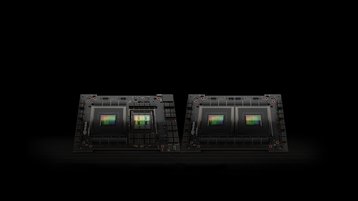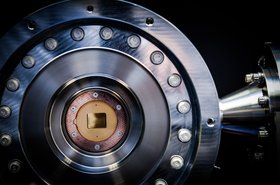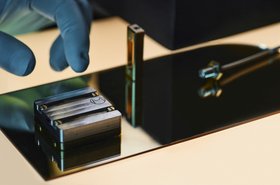Nvidia has announced that three supercomputing sites will be using the company’s CUDA-Q platform to support the installation of quantum processing units (QPUs) inside their HPC (high performance computing) systems.
CUDA-Q is Nvidia's open-source hybrid quantum computing platform that includes simulation tools and capabilities to program hybrid quantum-classical systems. Nvidia says it is used by the majority of the companies deploying QPUs – processors that use the behavior of particles to make calculations.
Nvidia made the announcement ahead of the annual ISC High Performance conference taking place in Hamburg, Germany, this week. First held in 1986, the event hosts HPC technology providers and users, including machine learning, data analytics, and quantum computing professionals.
The sites deploying the platform are based in Germany, Poland, and Japan.
Germany’s Jülich Supercomputing Centre (JSC) at Forschungszentrum Jülich (FZJ) is installing a superconducting QPU, built by IQM Quantum Computers, to sit alongside the center’s Jupiter supercomputer, Europe's first exascale supercomputer which will feature 24,000 Nvidia GH200 Superchips.
Poland’s Poznan Supercomputing and Networking Center (PSNC) has also installed two photonic QPUs, built by Orca Computing, a UK-based photonic quantum computing company. These two QPUs have been connected to a new supercomputer partition powered by Nvidia H100s.
Finally, as was previously revealed, the National Institute of Advanced Industrial Science and Technology (AIST) in Japan is adding a QPU from QuEra to its ABCI-Q supercomputer. The machine, which is expected to be deployed early next year, will also contain 2,000 Nvidia H100 GPUs and has been designed for integration with future quantum hardware.
“Useful quantum computing will be enabled by the tight integration of quantum with GPU supercomputing,” said Tim Costa, director of quantum and HPC at Nvidia. “Nvidia’s quantum computing platform equips pioneers such as AIST, JSC, and PSNC to push the boundaries of scientific discovery and advance the state of the art in quantum-integrated supercomputing.”
Ahead of the event, Nvidia also revealed that nine additional supercomputers worldwide are now using Grace Hopper Superchips, delivering a combined 200 exaflops of AI processing power.
These systems include the EXA1-HE, in France, from CEA and Eviden; Helios at the Academic Computer Centre Cyfronet, in Poland; and Alps at the Swiss National Supercomputing Centre from HPE.
Nvidia further announced that Isambard-AI and Isambard 3 from the University of Bristol in the UK, alongside systems at the Los Alamos National Laboratory and the Texas Advanced Computing Center in the US, have become the latest cohort of Arm-based supercomputers to use Grace CPU Superchips and the Grace Hopper platform.
“Isambard-AI positions the UK as a global leader in AI, and will help foster open science innovation both domestically and internationally,” said Professor Simon McIntosh-Smith, University of Bristol. “Working with Nvidia, we delivered phase one of the project in record time, and when completed this summer will see a massive jump in performance to advance data analytics, drug discovery, climate research, and many more areas.”







